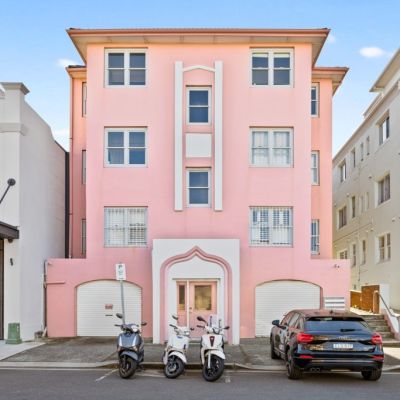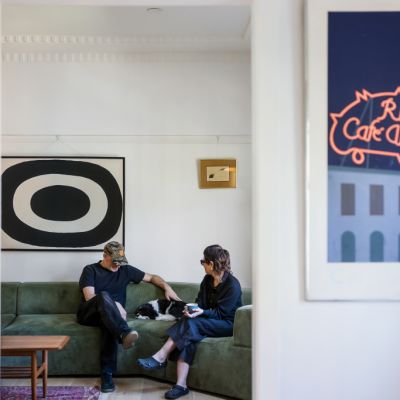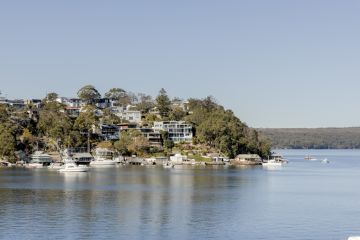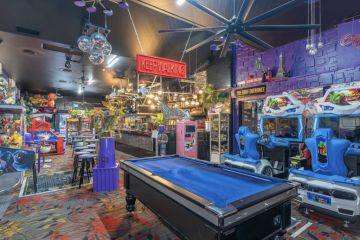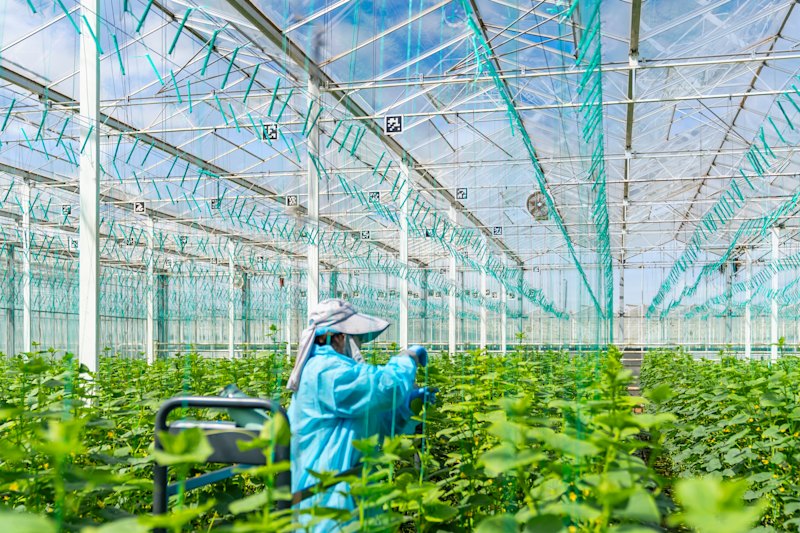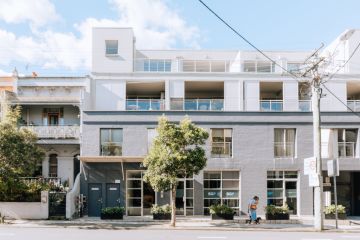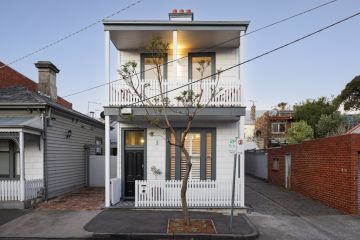Thinking of investing in fashion? Here's what to consider
Whenever Kristy Valentine wants to buy a new designer bag, outfit or pair of shoes, there are a number of steps she diligently goes through first.
She examines the price to buy brand new, how much they sell for second hand, the cost per use or wear, and their potential resale price if she keeps the items in top condition.
Only then will she decide whether to splurge or save – because it’s one thing buying a Fendi Sunshine bag she knows she’ll love, while it’s quite another making sure it will be a good financial investment.
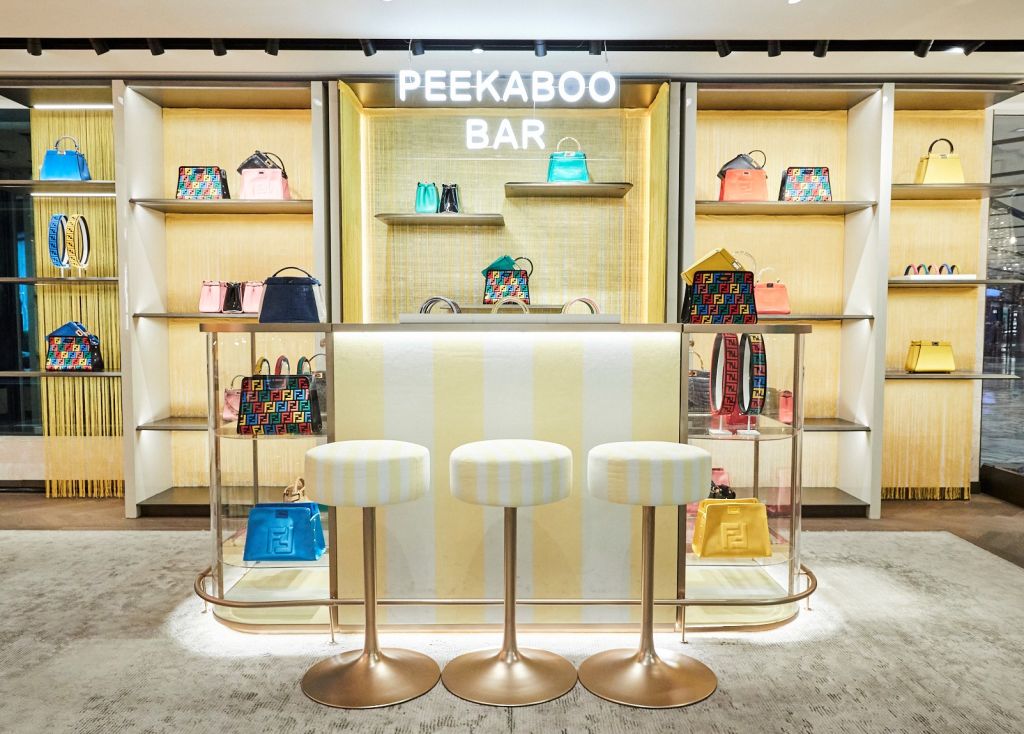
“I like to buy pieces that are better quality, have a classic look and have some longevity,” says the 40-year-old co-working and food business entrepreneur.
In the end, she bought the bag for $2500; in store, it retails for $5500.
“That’s my personal style and a smarter way of shopping, but it’s also my investment strategy,” Valentine says.
“I might be able to sell it for even more than I paid, and if you pick it up for a good price secondhand, maybe far more than I paid.
“I also invest in property and stocks, but this is another way of investing, and it’s a very liquid asset.”
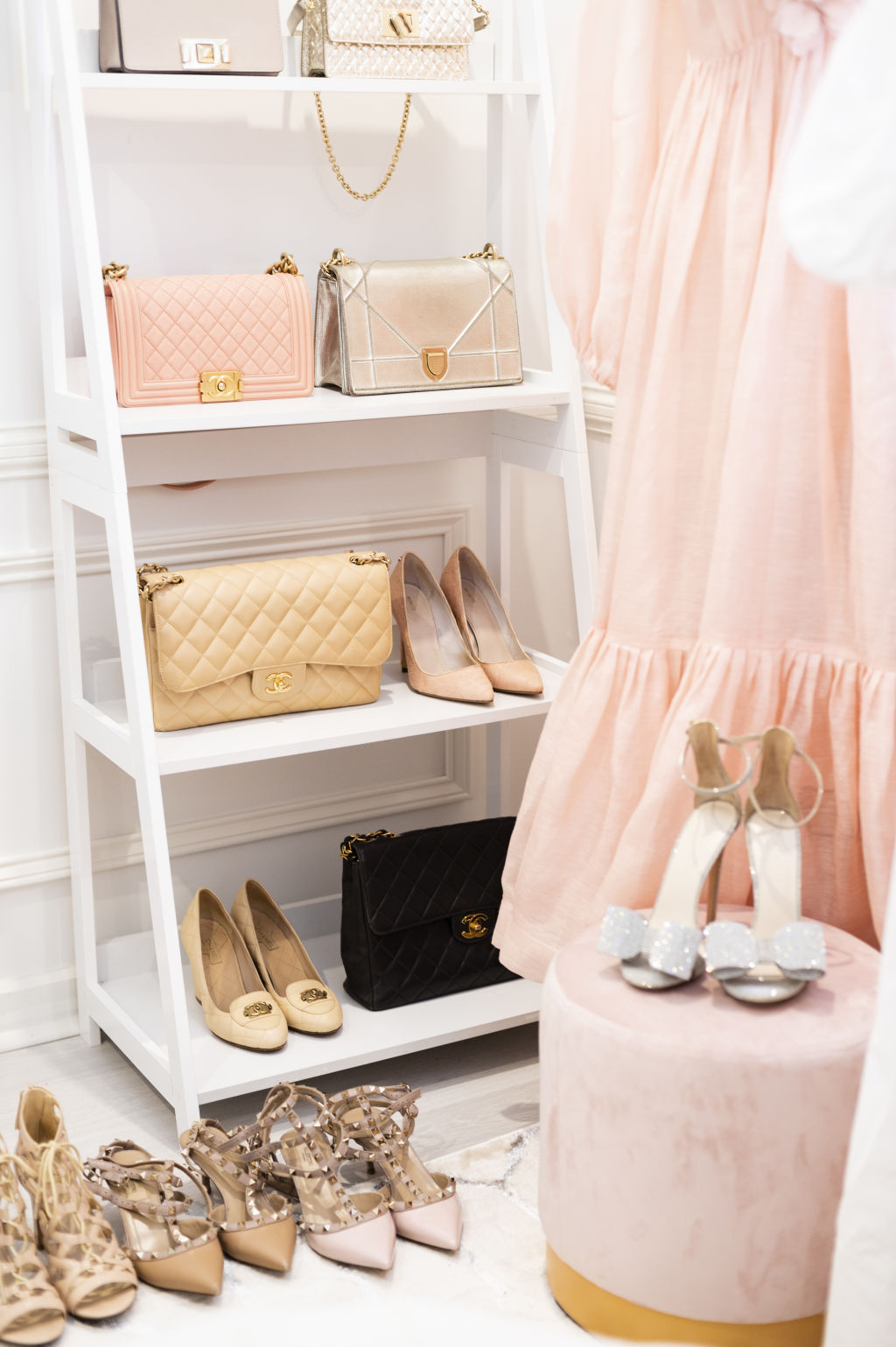
Valentine is one of a growing number of people now investing in fashion.
While it keeps them well dressed in the interim, it can also pay handsome dividends, especially with new resale platforms like High End coming onto the market.
Former Macquarie Bank fraud specialist Lauren Kennedy co-founded High End as a small Facebook group trading five to 10 items a month.
Today, its 110,000 app users list over 2000 fashion pieces each month.
They are all validated as genuine via the company’s Verity AI authentication technology, and resale values range from $200 to well over $10,000.
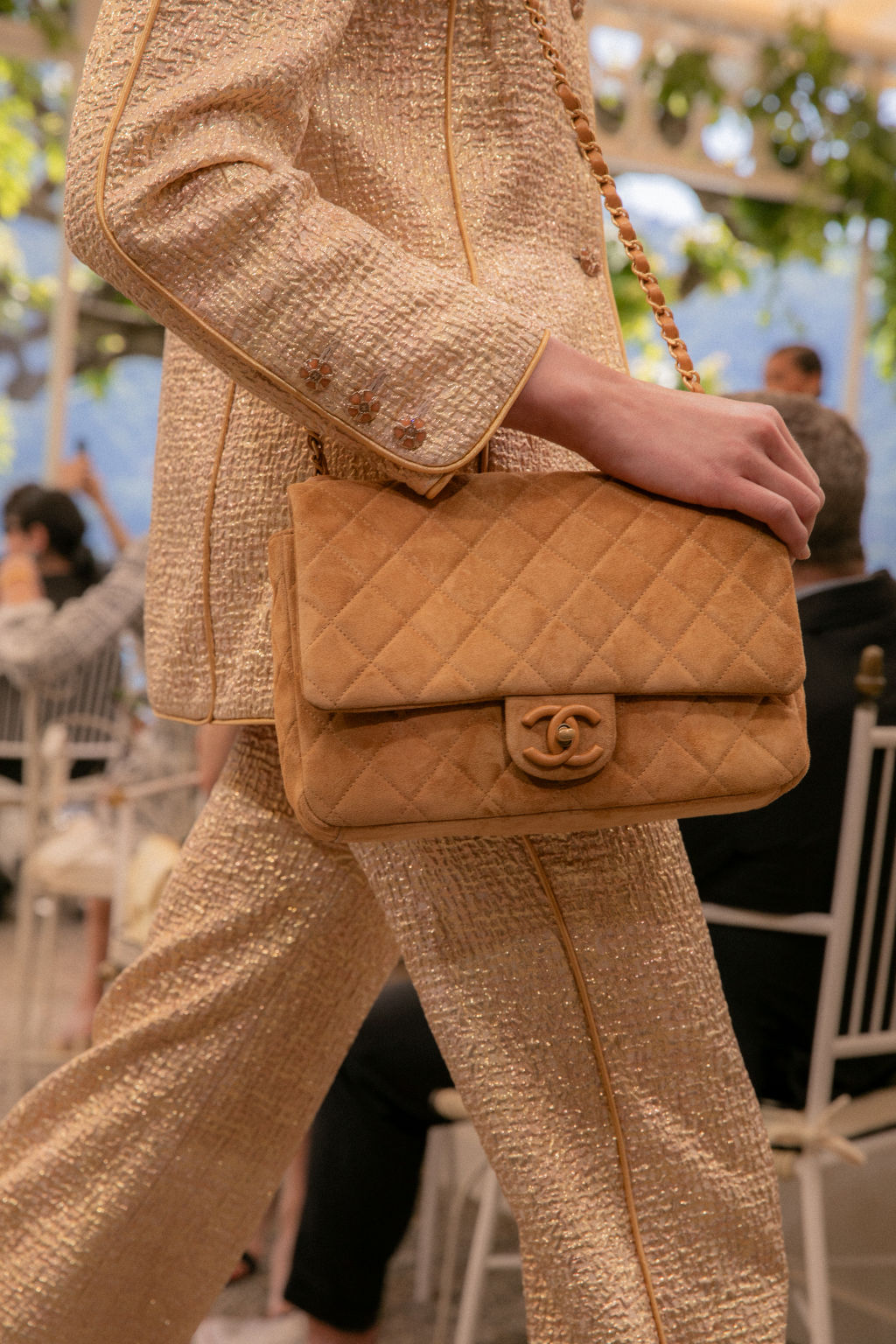
“As well as new investors, who find investing in fashion much more accessible than in the stock market, we’re also seeing even traditional investors looking at these alternative investments,” says Kennedy, who now has ex-Centuria Capital chair Garry Charny backing the company, as well as becoming its chair.
“You have to buy better-quality products that retain their value. People used to think about [fashion] as consumption, but are now looking at it as an asset class.
“It could be a Chanel flap bag, for instance, that used to sell at $5000, but with their value going up and scarcity, they might now be sold for $10,000.”
Around the world, the resale market for fashion apparel and accessories is expanding hugely.
Globally, the second-hand clothing market was worth around $US190 billion in 2024 and is expected to climb to $US264 billion by 2025 and $US350 billion by 2028, according to online resale platform ThredUp.
Financial planner and wealthadvice.com.au principal Marisa Broome says it can indeed be a smart investment strategy, “but you have to know what you’re doing, and know enough about buying and selling – then you can make money”.
“You can’t just go and buy a Gucci handbag and expect it to make your fortune,” she adds. “You have to be savvy and not buy with an emotional attachment or use it as an excuse to buy an expensive outfit.”
We recommend
We thought you might like
States
Capital Cities
Capital Cities - Rentals
Popular Areas
Allhomes
More
